Learn how to build effective DevOps pipelines that automate CI/CD, improve software delivery speed, and enhance reliability. Best practices, tools, and common pitfalls included.
Why DevOps Pipelines Matter for Modern Software
Companies that adopt DevOps pipelines enjoy:
- Faster release cycles → Deliver features and fixes quickly
- Reduced risk → Automated testing and monitoring catch issues early
- Improved collaboration → Devs, QA, and Ops work on a single process
- Greater reliability → Deployments become predictable and reversible
In a competitive market, pipelines aren’t a luxury; they’re a business-critical advantage.
Stages of a DevOps Pipeline
A strong pipeline follows these key stages:
1. Source Control
- Code stored in Git (GitHub, GitLab, Bitbucket).
- Commits trigger the pipeline automatically.
2. Build & Compile
- Code is compiled into artifacts (containers, binaries).
- Dependency scans and code quality checks run here.
3. Automated Testing
- Unit, integration, performance, and security tests.
- Issues caught early, reducing costly late fixes.
4. Continuous Integration (CI)
- Frequent merges are tested continuously.
- Prevents “integration hell.”
5. Continuous Delivery/Deployment (CD)
- Automated release process.
- Deploys to staging (manual approval) or straight to production.
6. Deployment Strategies
- Blue-Green → Swap between two environments
- Canary Releases → Gradually roll out to users
- Rolling Updates → Replace instances gradually
7. Monitoring & Feedback
- Observability with logs, metrics, and alerts.
- Feedback loop helps teams refine future releases.
Top DevOps Pipeline Tools
Choosing the right tool depends on your tech stack and needs:
- Jenkins → Customizable, plugin-rich, open-source
- GitHub Actions → GitHub-native CI/CD, easy to start
- GitLab CI/CD → Integrated with GitLab repos, powerful automation
- Azure DevOps Pipelines → Enterprise-ready, Microsoft ecosystem
AWS CodePipeline → Cloud-native automation, AWS integration
Best Practices for Building DevOps Pipelines
- Automate everything – builds, tests, security scans, deployments
- Keep it fast – feedback in minutes, not hours
- Shift left – integrate testing & security early
- Use Infrastructure as Code (IaC) – Terraform, Ansible, Pulumi
- Design for rollback – assume failures will happen
- Prioritize observability – logs and metrics are essential
Start small – evolve complexity as the team matures
Common Pitfalls to Avoid
- Overcomplicated pipelines → Slows down developers
- Poor test coverage → Risk of bugs slipping through
- Ignoring security → Vulnerabilities become costly later
- Manual approvals everywhere → Adds friction, kills automation
Conclusion
Building DevOps pipelines is about more than CI/CD; it’s about automation, collaboration, and continuous improvement.
Done right, a pipeline becomes the backbone of software delivery, enabling faster, safer, and more reliable releases. Start simple, automate the essentials, and grow your pipeline as your team evolves.
👉 Whether you’re using Jenkins, GitHub Actions, GitLab, or cloud-native tools, remember: the best pipeline is the one that helps your team deliver with confidence.
Do you have a project in mind? Talk to the experts.
Get in Touch
We’d love to resolve your queries with personalized assistance.
Contact us
Our Office
D-101/102/501/601 Titanium Square Building, Near Thaltej Cross Road, Sarkhej - Gandhinagar Highway, Ahmedabad, Gujarat 380059

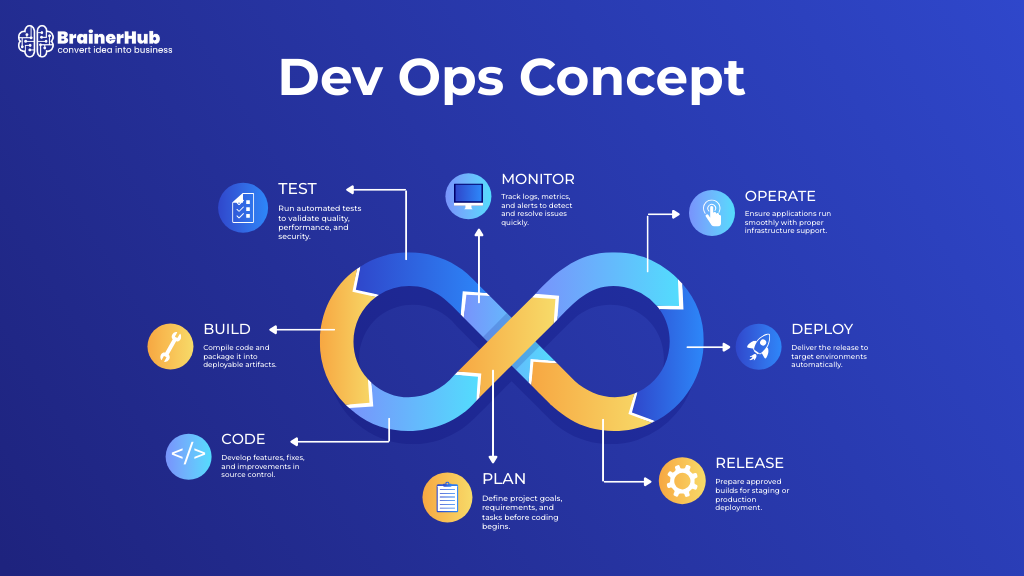



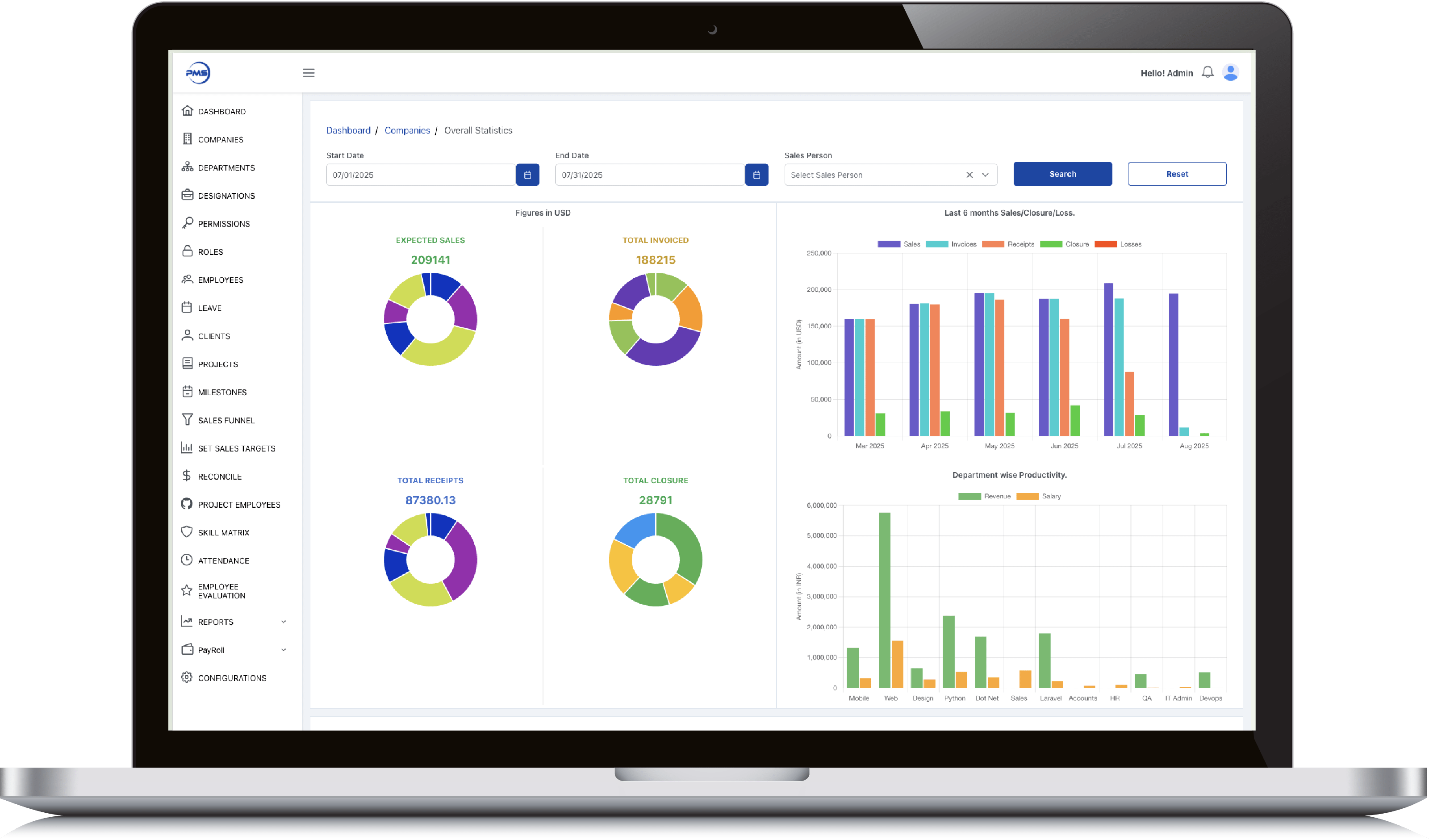
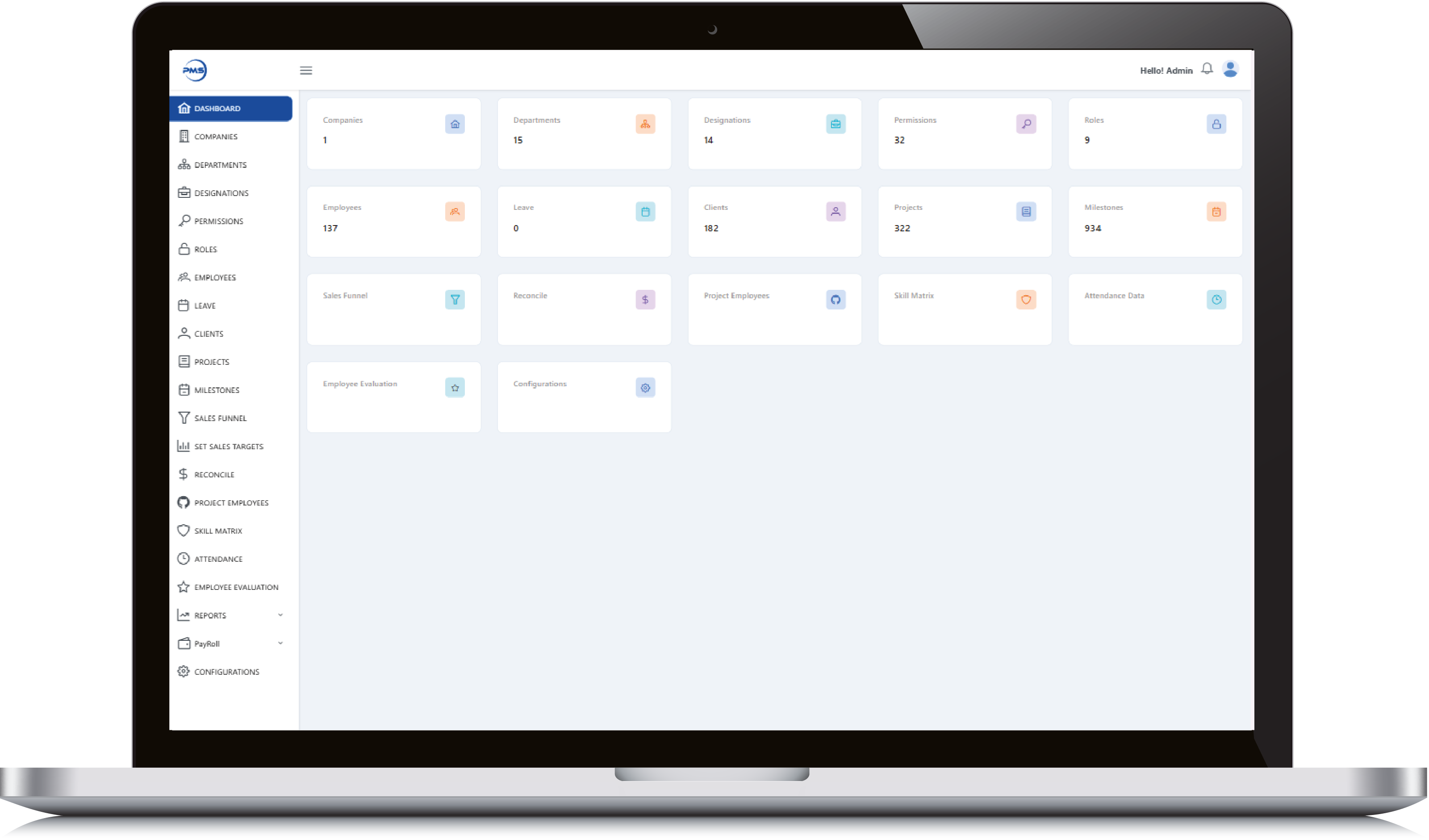
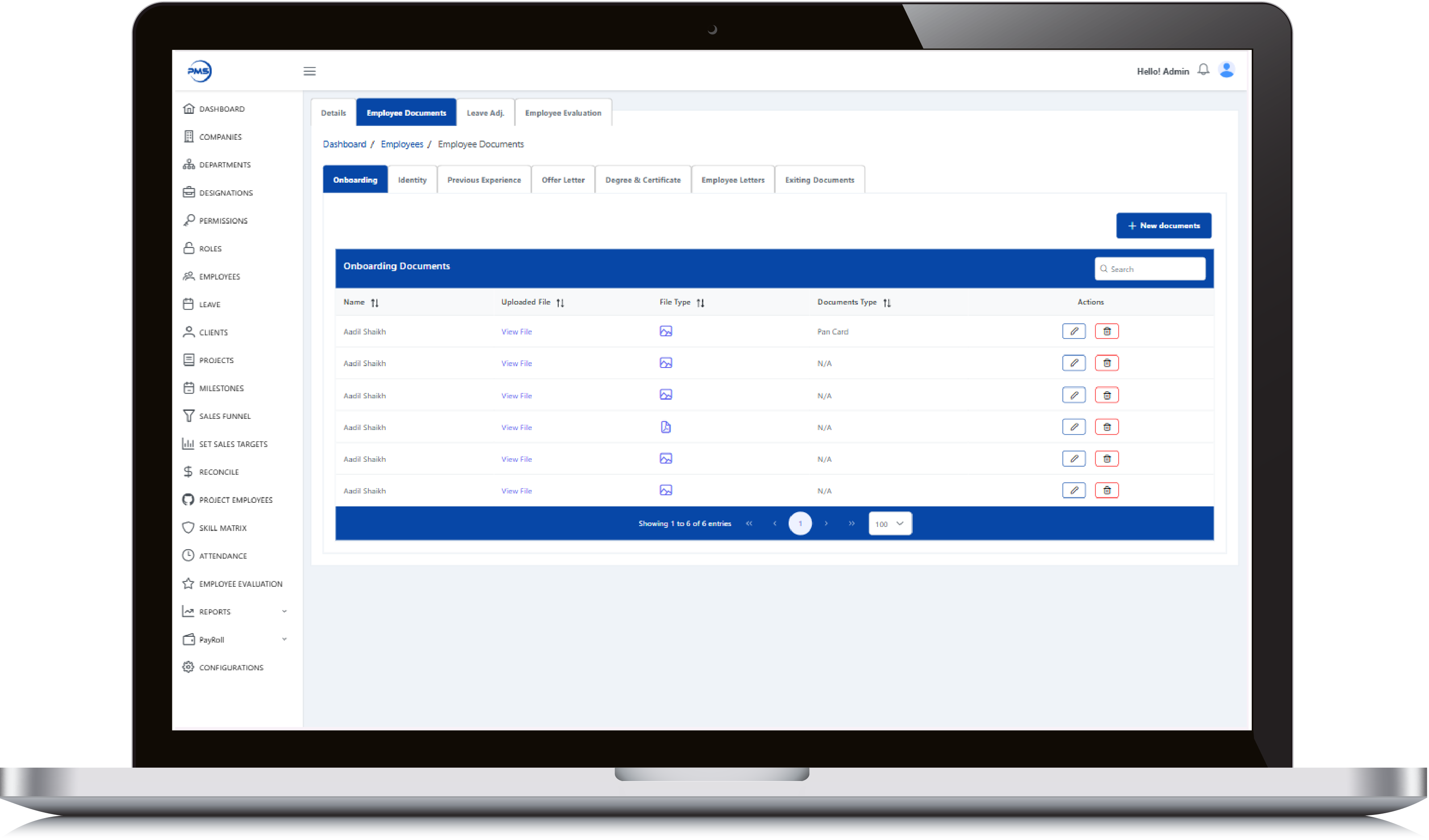
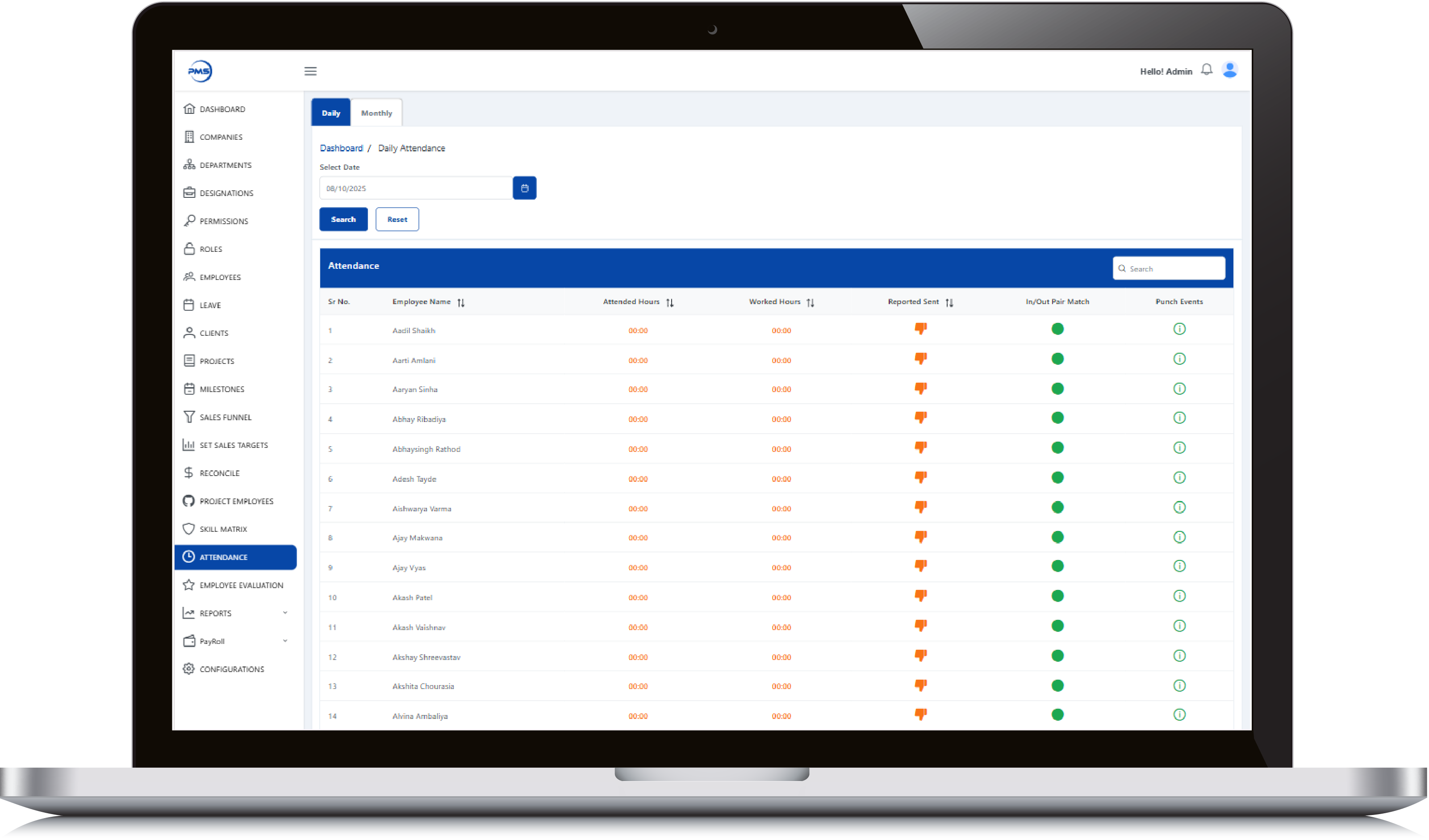
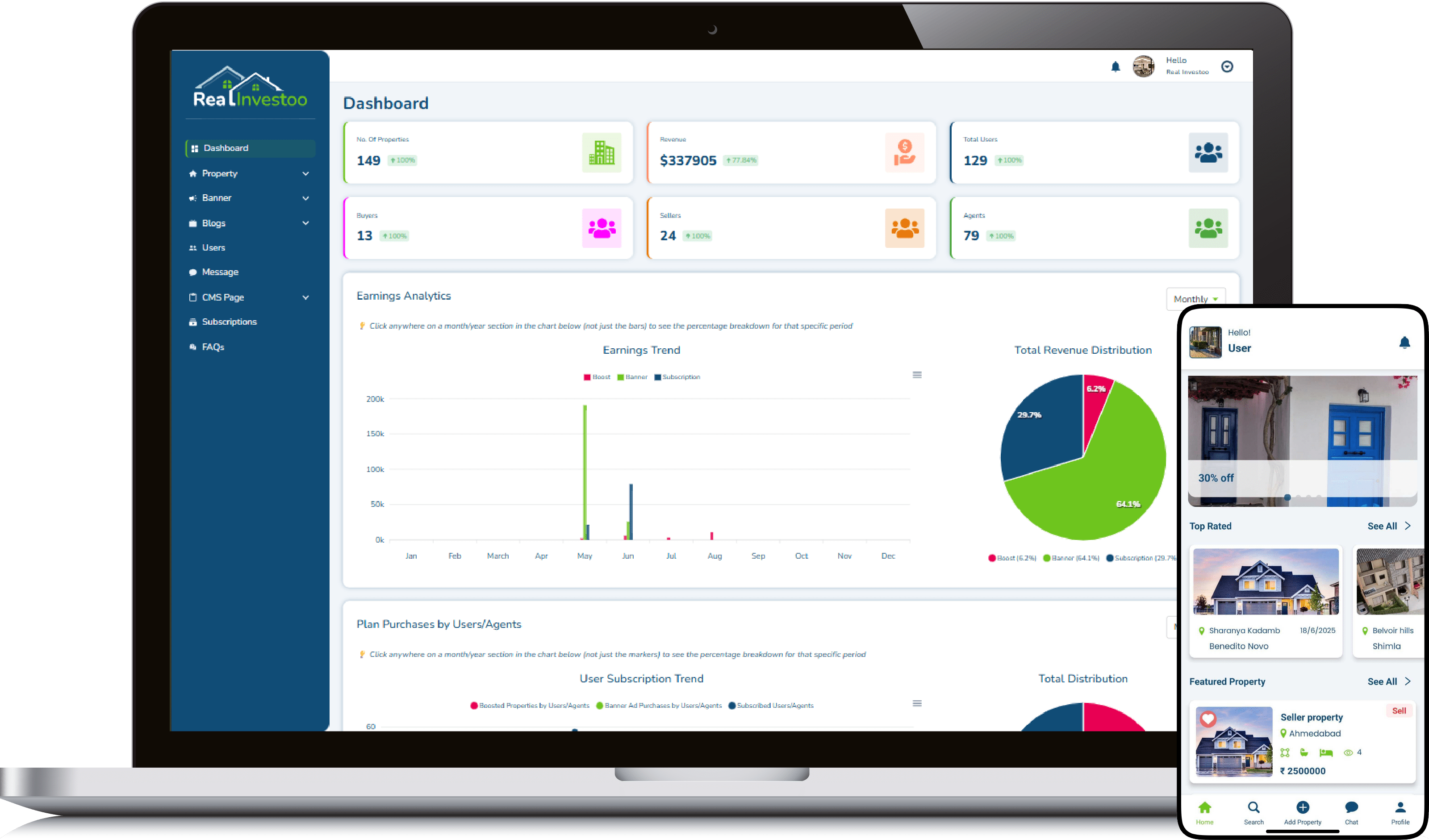
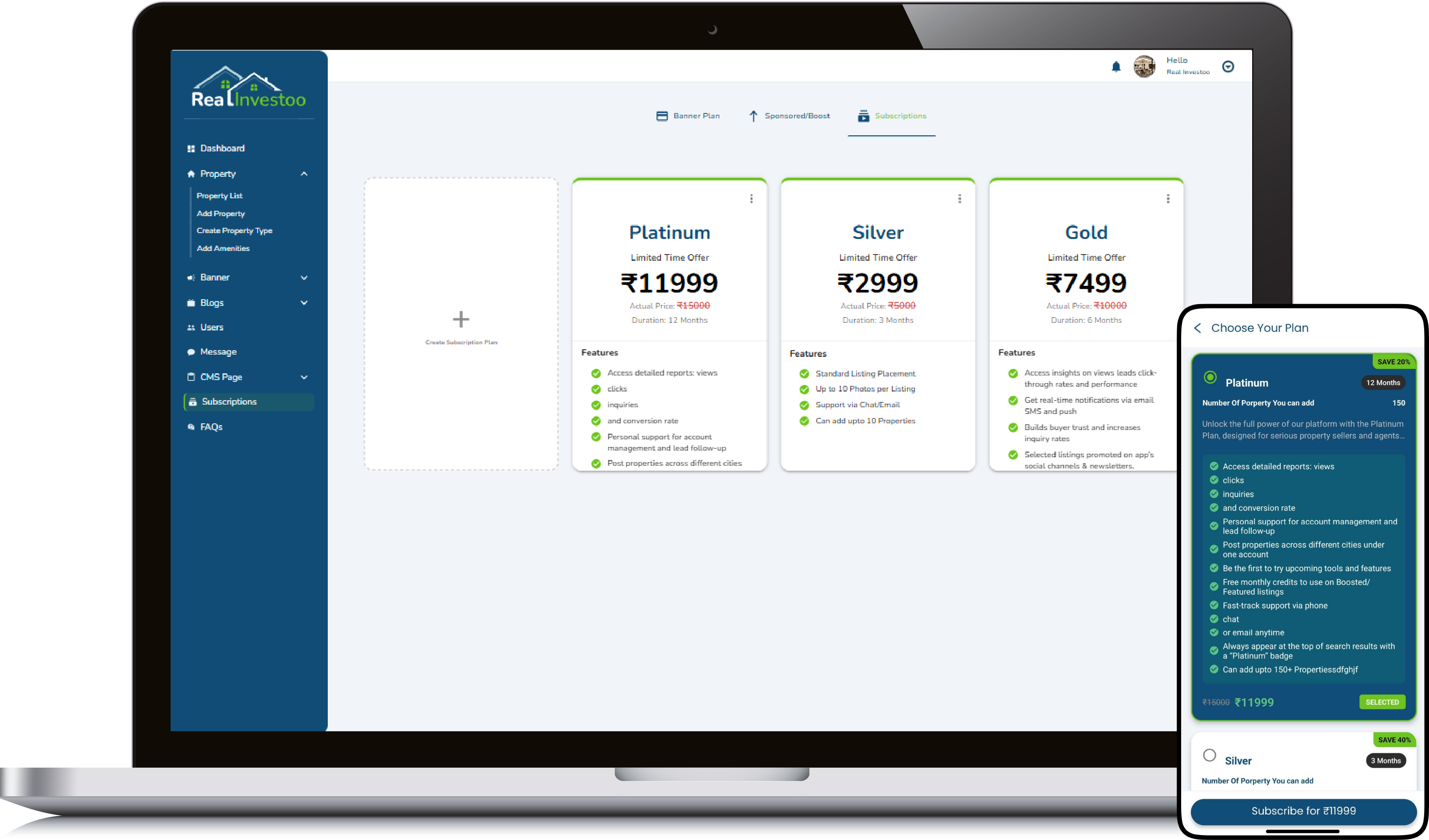
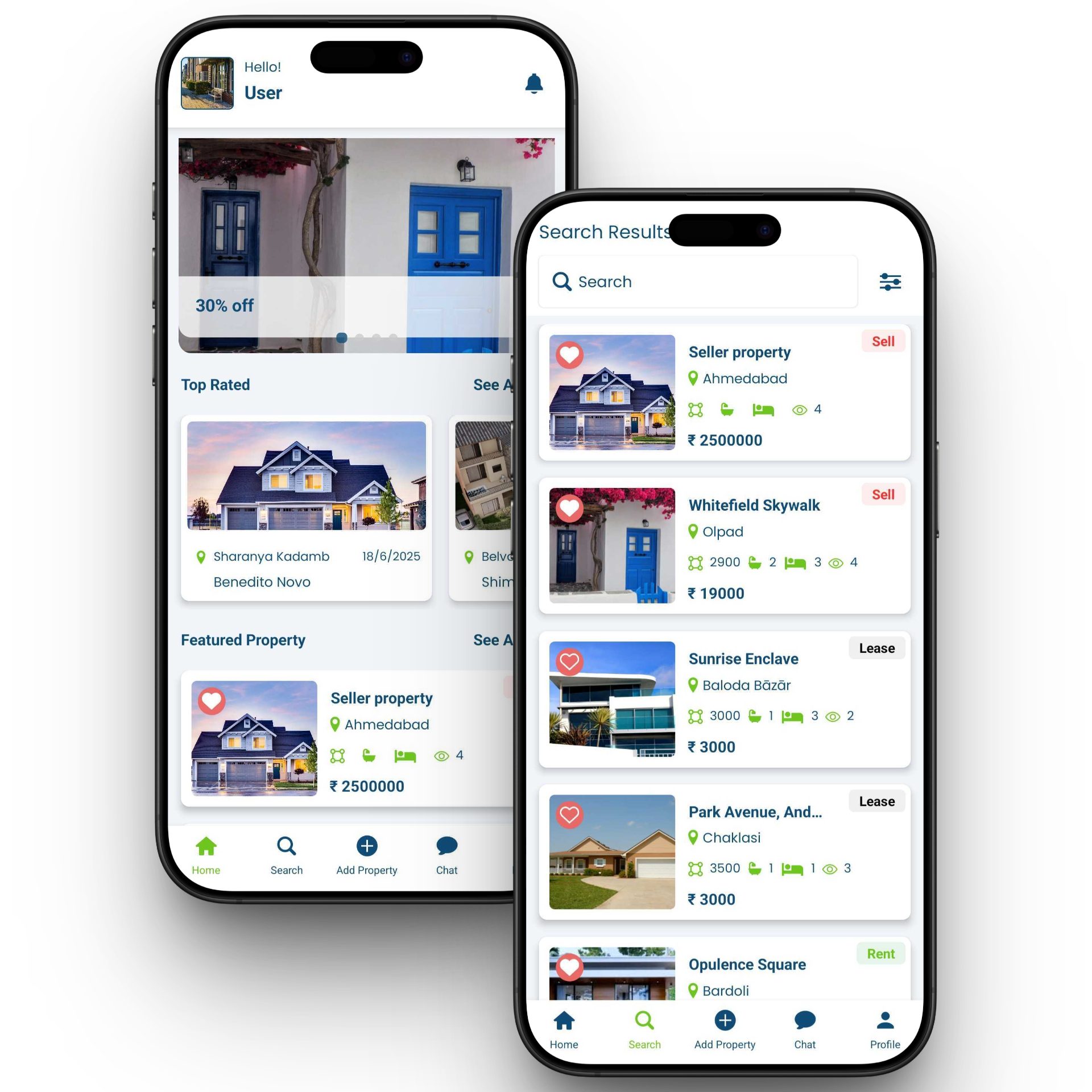
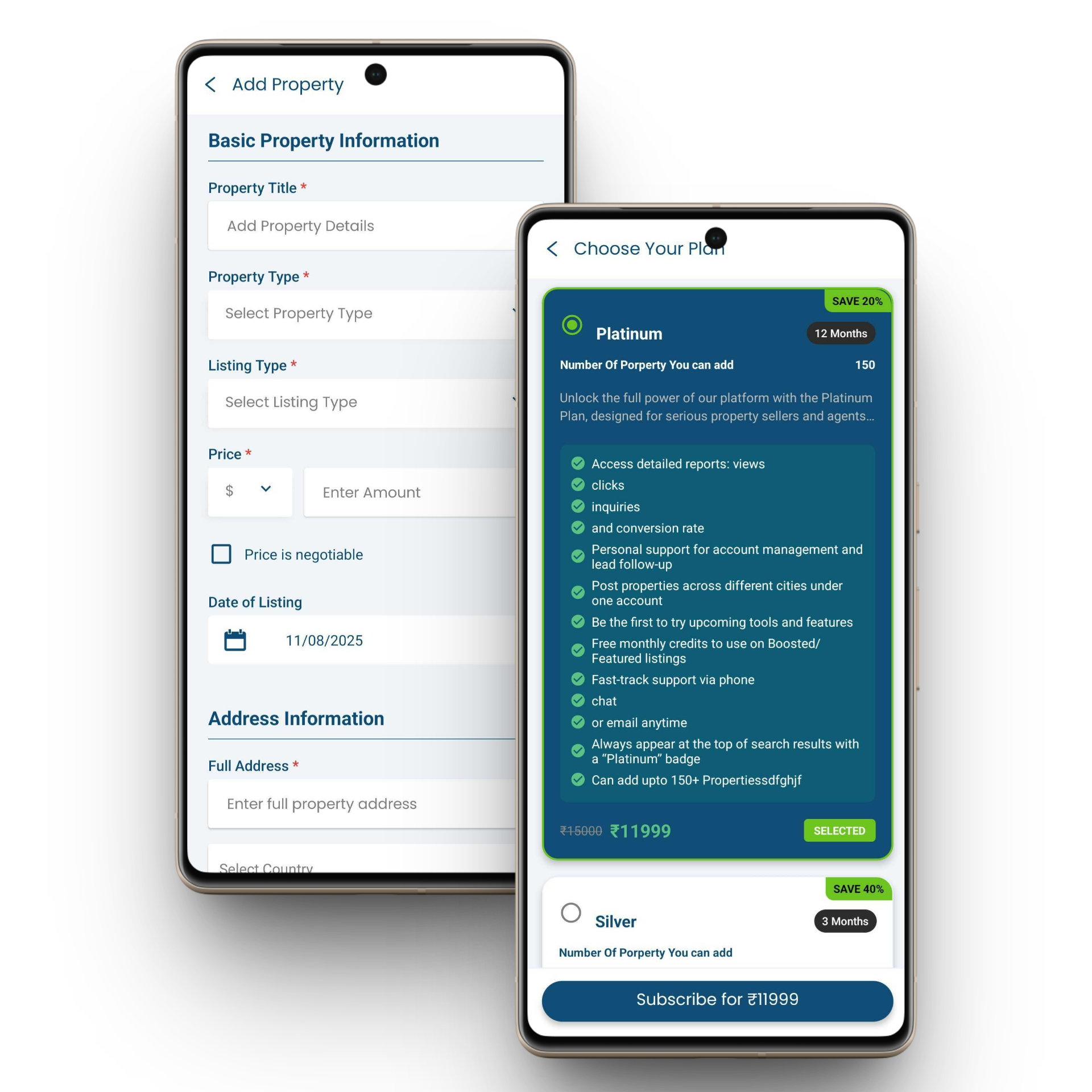


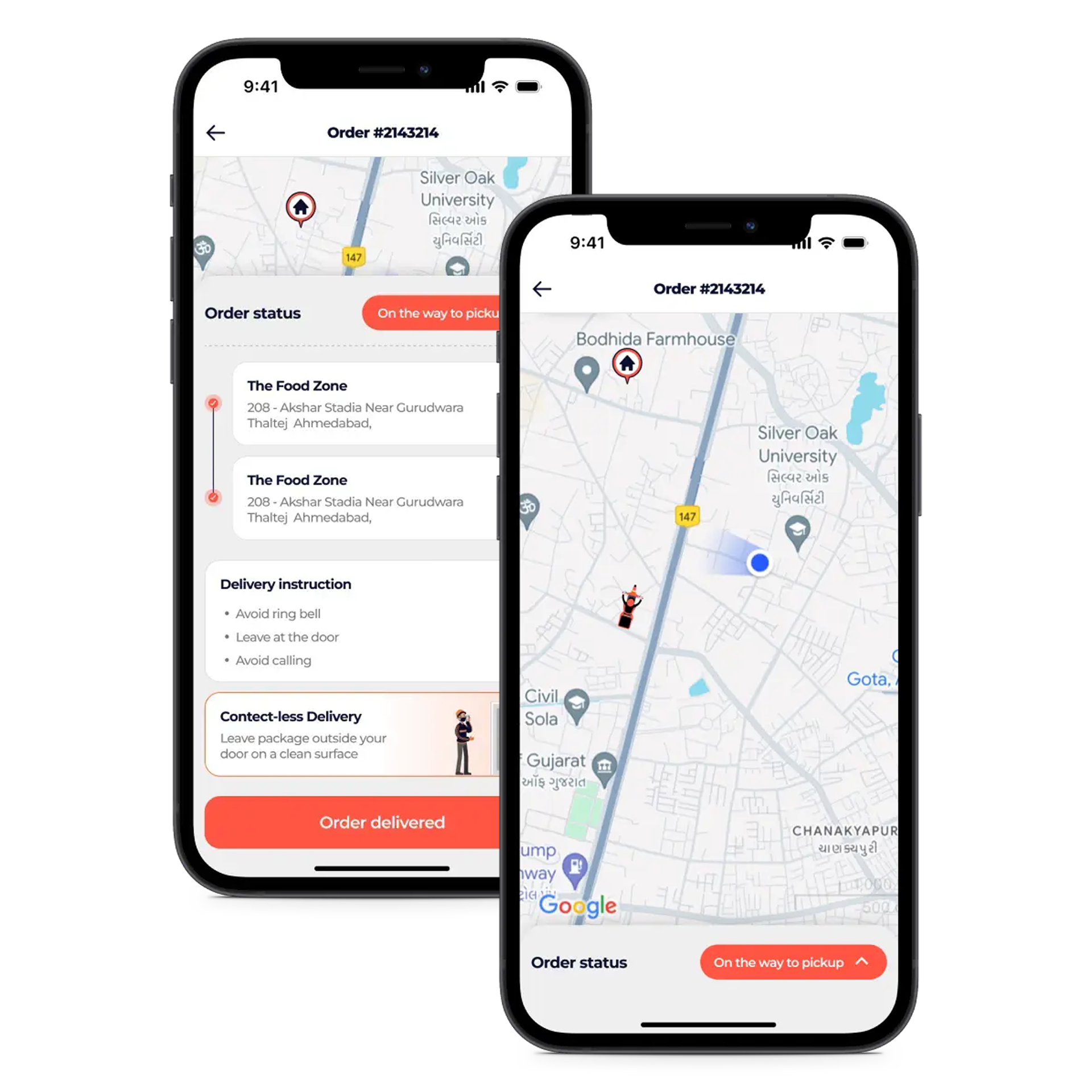
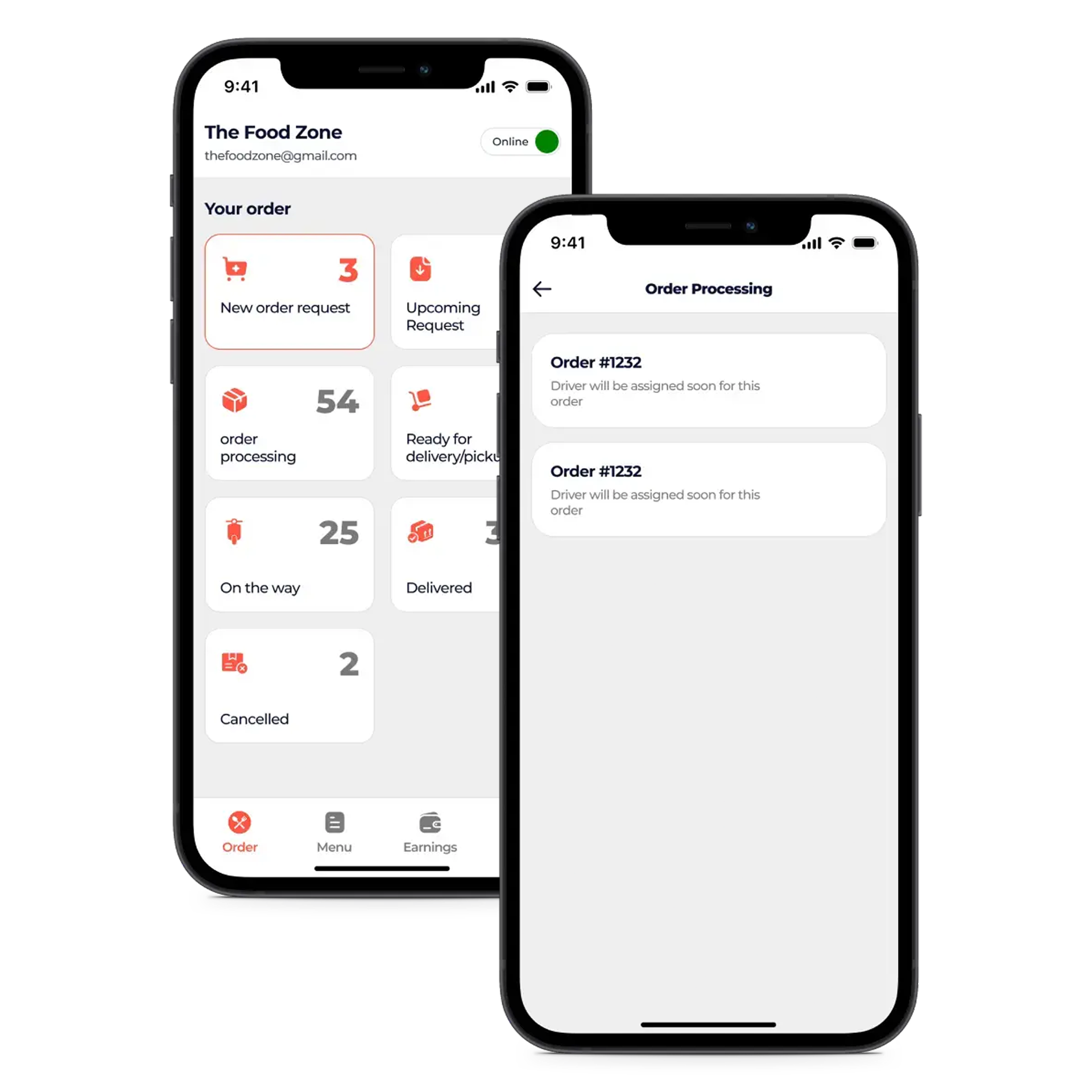
I’m impressed by the detail here.